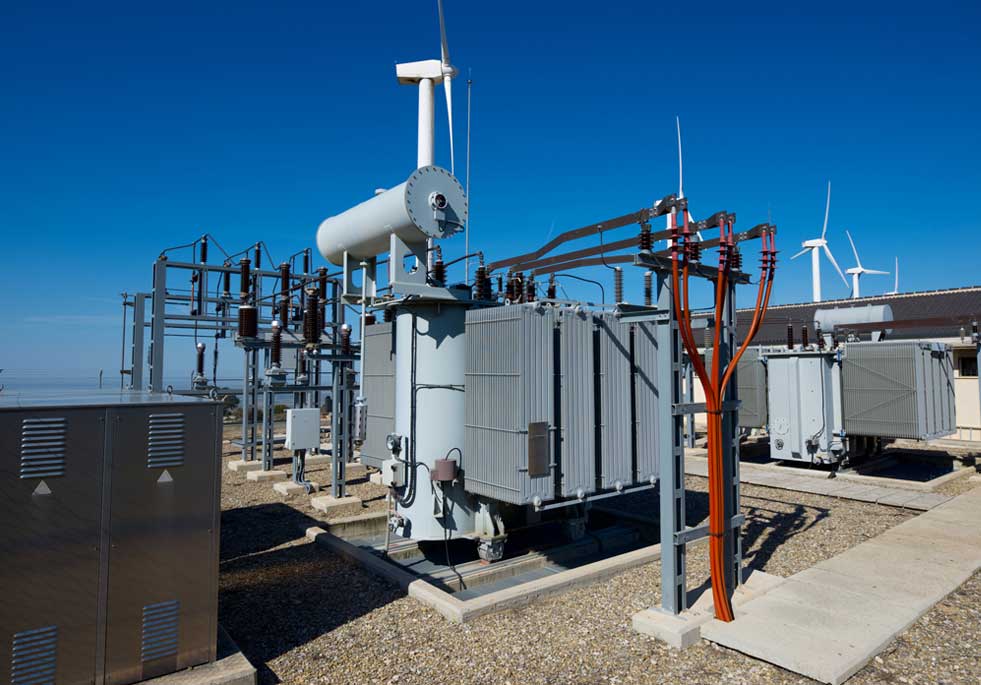Power Line Transformers: What They Are and How They Work
Power line transformers are a crucial component of the electrical power grid. They play a vital role in transforming and transmitting high-voltage electricity from power generators to homes and businesses. In this blog post, we’ll explore the basics of power line transformers, what they are, how they work, and why they’re so important.
What is a Power Line Transformer? A power line transformer is a type of electrical transformer used in electrical power transmission and distribution systems. The primary function of a power line transformer is to step up or step down the voltage of electricity being transmitted through power lines. This allows electricity to be transmitted over long distances without significant loss of energy.
Power line transformers come in different sizes and types, depending on the application. The choice of a particular transformer depends on factors such as the voltage and current levels, the distance of transmission, and the type of load.
Types of Power Line Transformers: Here are some of the most common types of power line transformers:
- Step-up Transformers: These transformers are used to increase the voltage of electricity being transmitted from power generators to the transmission network. This allows electricity to be transmitted over long distances with minimal energy loss.
- Step-down Transformers: These transformers are used to decrease the voltage of electricity being transmitted from the transmission network to the distribution network. This voltage reduction makes the electricity suitable for distribution to homes and businesses.
- Three-phase Transformers: These transformers are used in three-phase power systems. They have three primary windings and three secondary windings, which are connected in a specific configuration to produce a three-phase power output.
How do Power Line Transformers Work? Power line transformers work on the principle of electromagnetic induction. The transformer has two coils of wire, the primary coil, and the secondary coil. When an alternating current (AC) is passed through the primary coil, it creates a magnetic field that induces an AC voltage in the secondary coil. The voltage in the secondary coil is determined by the number of turns in the secondary coil compared to the primary coil.
Step-up transformers have more turns in the secondary coil than the primary coil, which increases the voltage of the electricity. On the other hand, step-down transformers have fewer turns in the secondary coil than the primary coil, which decreases the voltage of the electricity.
Why is Power Line Transformers Important? Power line transformers are essential for the reliable and efficient transmission and distribution of electricity. Without power line transformers, it would be impossible to transmit high-voltage electricity over long distances and distribute it to end users.
Power line transformers also help to maintain the stability of the electrical grid by balancing the supply and demand of electricity. When there is excess electricity in the grid, power line transformers step down the voltage to reduce the amount of electricity flowing through the grid. Conversely, when there is a shortage of electricity in the grid, power line transformers step up the voltage to increase the amount of electricity flowing through the grid.
Power line transformers are also crucial for ensuring the safety of the electrical grid. They are designed to prevent electrical overload, which can cause electrical fires, damage to equipment, and disruption of service.
Conclusion: Power line transformers are a vital component of the electrical power grid. They play a crucial role in the transmission and distribution of electricity and help to maintain the stability and safety of the electrical grid. By understanding how power line transformers work, we can appreciate their importance and the role they play in our daily lives.



